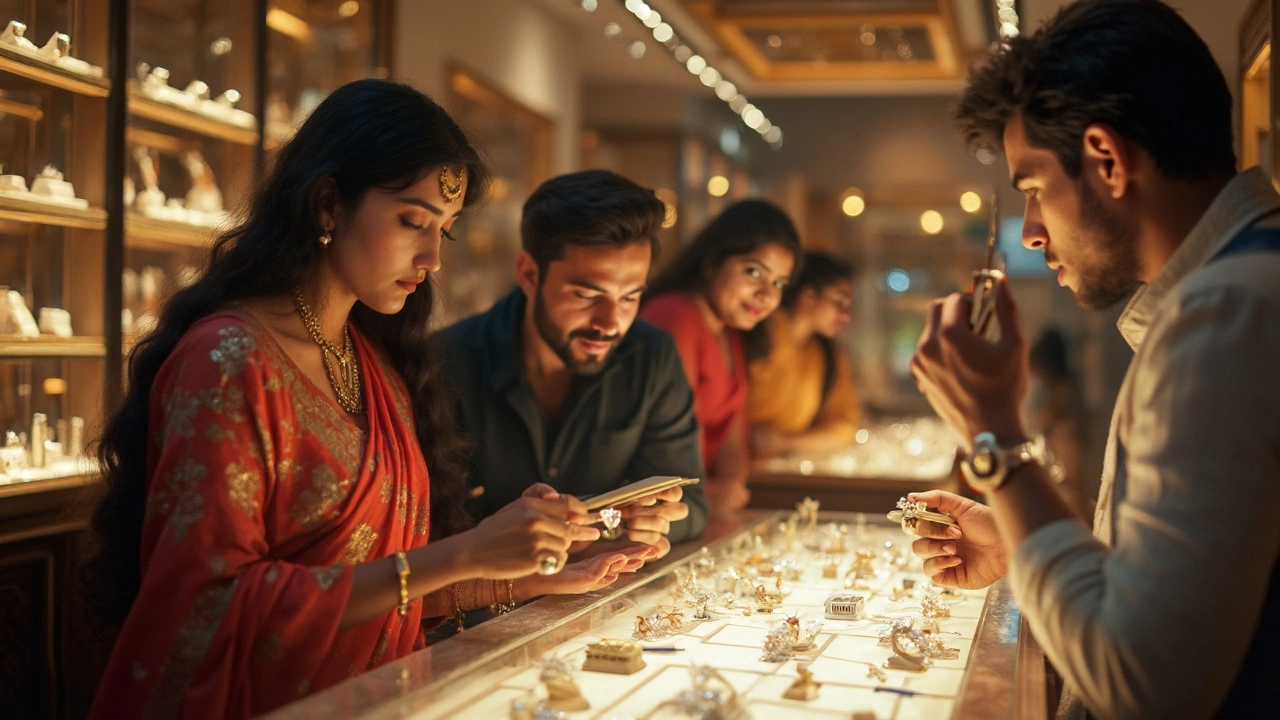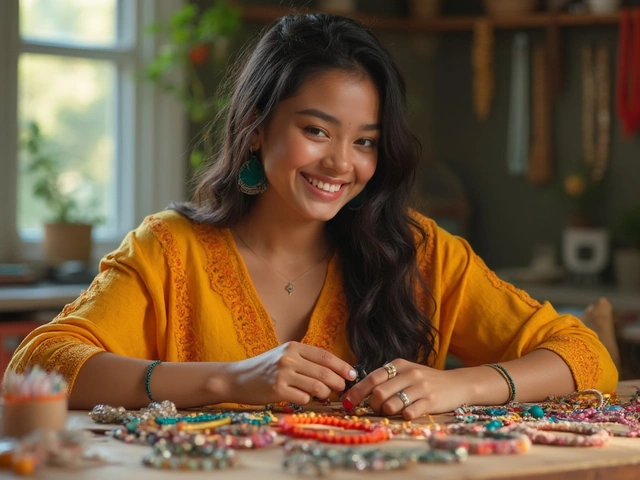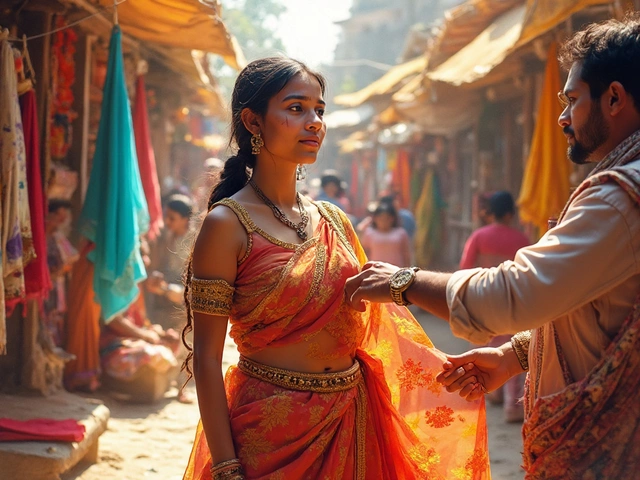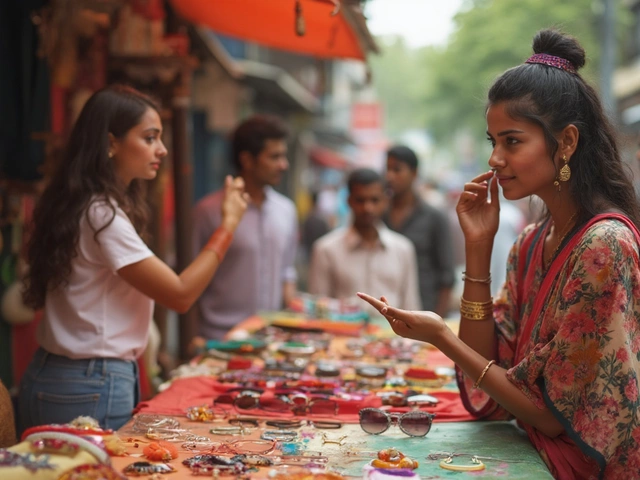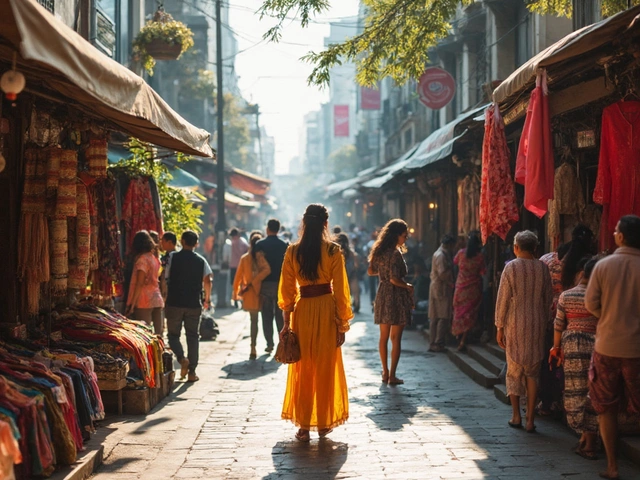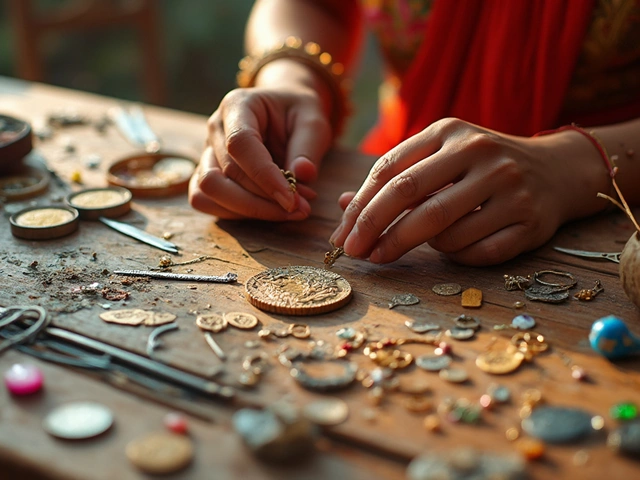Buying Diamonds in India: Your Quick Start Guide
Thinking about buying a diamond? It can feel overwhelming, but you don’t need a degree in gemology to get a good deal. In India, diamonds are sold in big cities, online stores, and even small family shops. Knowing what to look for lets you avoid scams and walk away with a stone you love.
Know the 4 Cs, Not the 5
The industry talks about cut, color, clarity and carat weight. Focus on these four and skip the jargon that confuses you. Cut decides how much sparkle you’ll see. A good cut can make a lower‑carat stone look larger. Color runs from D (no color) to Z (noticeable yellow). For everyday wear, a G‑H range gives a nice look without the premium price. Clarity measures internal flaws. Most buyers are happy with VS1‑VS2, where inclusions are invisible to the naked eye. Finally, carat is the weight. Bigger stones cost more per carat, so decide your budget first and then pick the best combination of the other three.
Check the Certification
In India, the most trusted certificates come from the GIA, IGI or the HRD. A certified diamond will have a report number you can verify online. The report tells you the exact 4 Cs, measurements and any treatments. If a seller can’t show a certificate, walk away – it’s a red flag. Remember, a certification costs a little extra, but it saves you from buying a mislabeled stone.
Where you shop matters too. Reputable chains in Jaipur, Surat and Mumbai often have certified stock and a return policy. Online platforms like CaratLane or Bluestone let you compare many options, and most offer a 7‑day return if you’re not happy. When you buy offline, ask to see the hallmarks on the setting and ask for a written warranty.
Price comparison is simple: take the per‑carat price from a few sources and adjust for the specific 4 Cs. If one store quotes ₹125,000 per carat for a G‑H color, VS2 clarity stone, and another says ₹130,000 for the same specs, you’ve found a better deal. Keep an eye on seasonal sales – festivals like Diwali often bring discounts of 5‑10%.
Don’t forget the total cost. Settings, insurance and making charges can add up. Some sellers bundle these fees, while others list them separately. Ask for a detailed invoice so you can compare apples‑to‑apples.
Finally, trust your gut. If the salesperson pushes you to decide immediately or refuses to answer basic questions, it’s a sign to move on. Buying a diamond should feel exciting, not stressful.
Follow these steps, stay patient, and you’ll find a diamond that fits your style and budget. Happy shopping!
Does India Sell Real Diamonds? What Buyers Need to Know
Are the diamonds sold in India really authentic? This article breaks down what you can expect when buying diamonds in India: how to spot real stones, what certifications matter, and how to avoid fakes. You'll get insider tips on checking quality and figuring out who the trustworthy sellers are. Learn what to look for, what to avoid, and how to make sure you're getting your money's worth if you're shopping for diamond rings in India.
